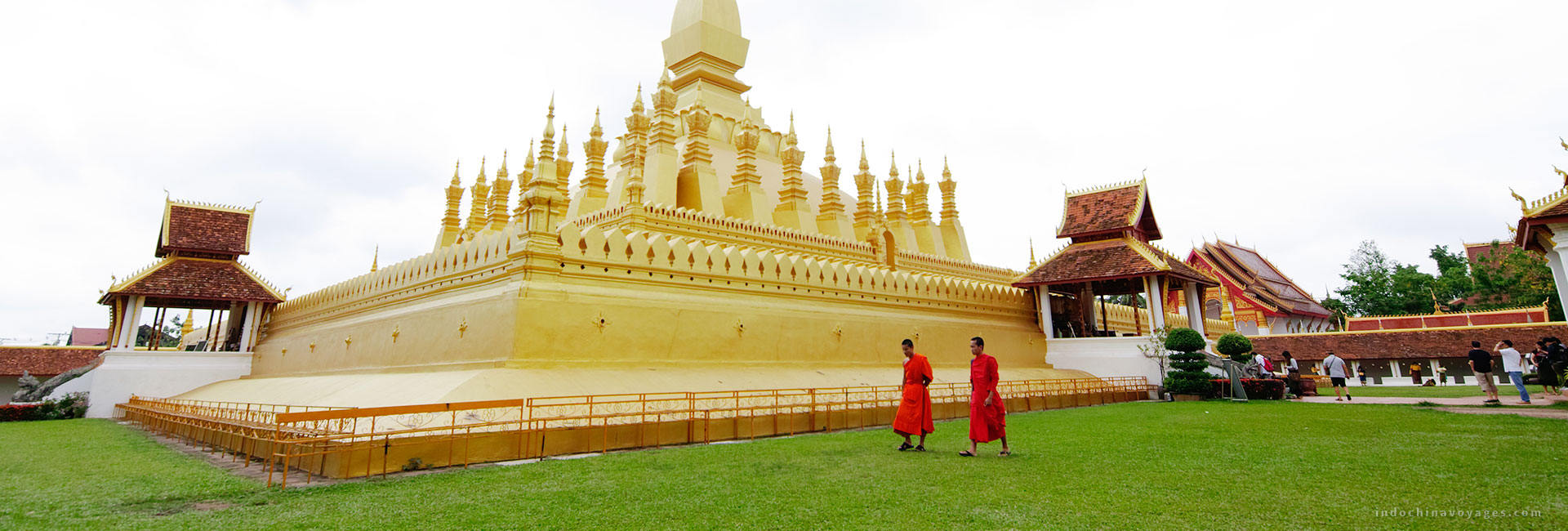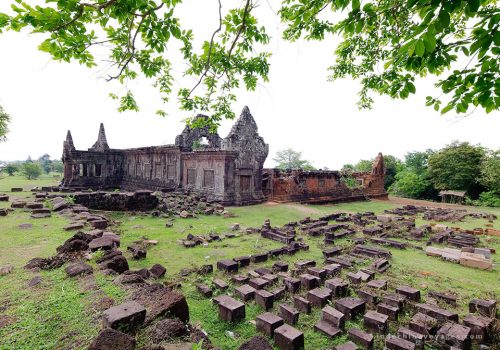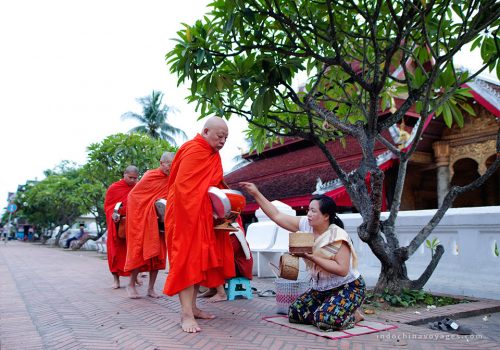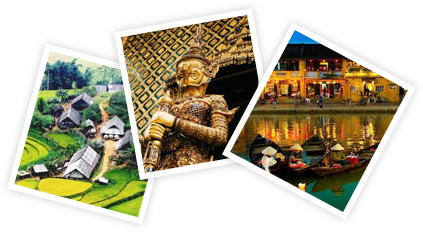Devoid of beaches or outstanding historical attractions, Laos’ main draw is its laid-back country. This Buddhist land has exotic charm in language, art, and culture, creating unique Laos traditions. It is impossible to understand Laos culture without having at least a basic understanding of Laos traditions. These 5 interesting facts will be your roller coaster of a cultural ride in exploring this enigmatic travel destination.
Laos in general
Among the countries in South East Asia, Laos has the lowest population density with a total estimated population number of around 7 million. The population in Laos has a great difference compared to the number in neighboring countries such as Thailand or Vietnam. Nevertheless, the ethnic minority is Laos is diverse, as demonstrated by 68 tribal groups. Generally, the Laos population is classified into 3 main groups: the Lao Loum, The Lao Theung, and the Lao Sung. About half of the population is Lao Loum, or also called “Lowland” Laos, who mostly live along the Mekong River while the 2 latter tribal groups live on slopes and mountains.
The official religion of Laos is Buddhism, leading to the fact that the Laos lifestyle is immensely affected by its religion. In the context of this blog, the following aspects of Laos are briefly depicted such as religion, costumes, cuisine, traditional arts, and social rules.
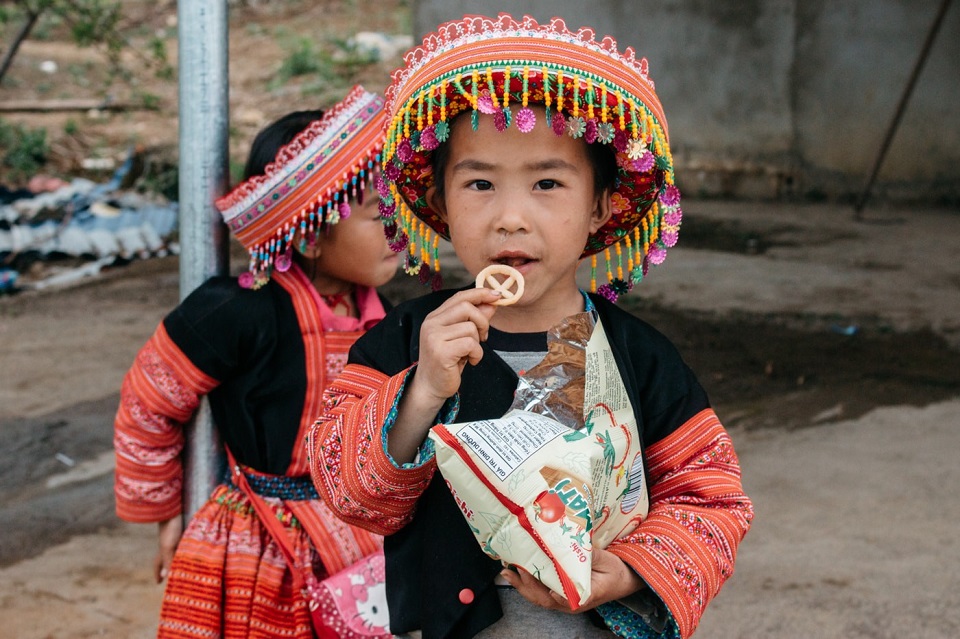
Laos religion
As stated above, Buddhism is the main religion, which was introduced in this country around 2000 years ago. Today, roughly 60% of the citizens are following Theravada Buddhism. It is the form of Buddhism that is based on the Buddha’s earlier teachings, opposite to Mahayana Buddhism. This religion has been so deeply rooted in the society of Laos that the Government even uses many of its teachings to go along with the politics.
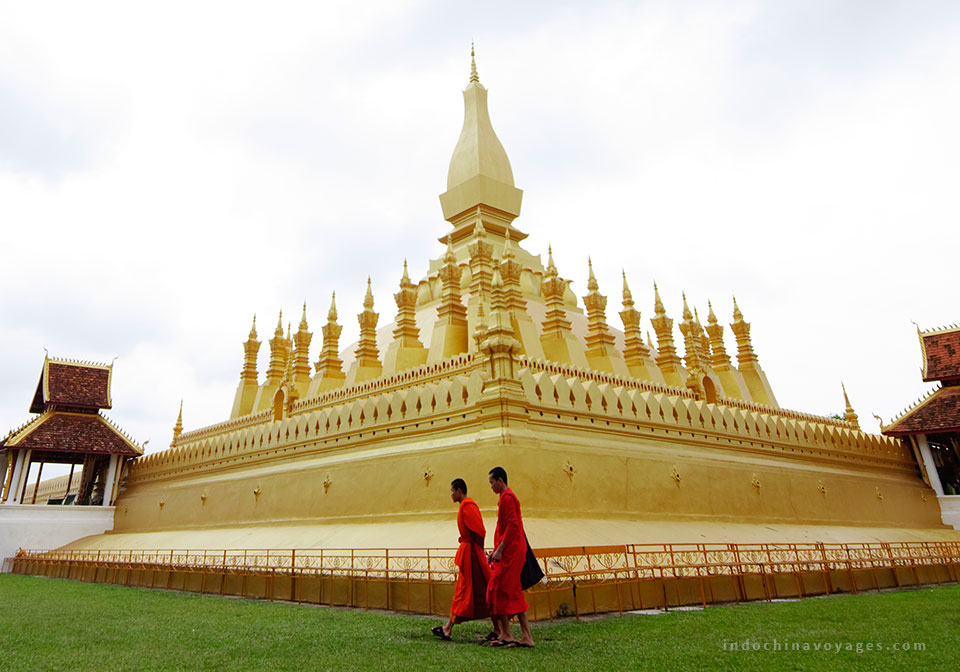
The people of Laos use the Buddhist calendar, hence, various rituals or main ceremonies of Laos are based on this calendar. Especially, the New Year Festival (also known as Pi Mai) in Laos is different from other New Year Celebrations throughout the world; because it happens 3 days in April, the hottest month of the year. During this liveliest occasion, you will have a chance to take part in the unique Water Splash and nonstop dance and music from local people everywhere.
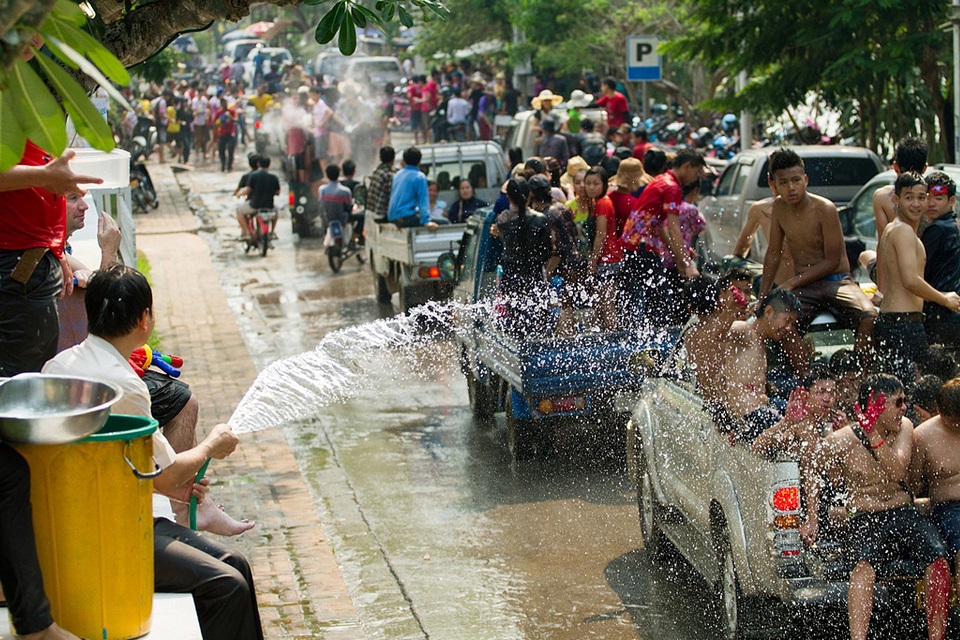
Buddhism also affects the society of Laos in their way of thinking and acting. Buddha teaches not to steal, lie, commit adultery, etc. As a matter of fact, Laos has a low rate of theft. When it comes to money and property of others, Laos people are considered the most trustworthy. The divorce rate in this country has never been a pain in the neck issue.
If you have a chance to visit Laos, every morning, you will be able to observe the almsgiving, especially in Luang Prabang Laos.
>> Suggested Luang Prabang tours: Luang Prabang Heritage Exposure 4 Days
Laos costumes
Like every country in the world, Laos costumes depend on gender and age but regarding the culture. Laos women dress properly. Laos custom dictates that women must wear the ceremonial phaa sin – a long, patterned textile skirt. Women in Laos often wear scarves and coiled hairstyles when they attend a significant event. While men in Laos wear salong – big large pants to attend important events. These days men dress in Western style and only wear the phaa biang on ceremonial occasions. Their hair is coiled down to the back and earrings. Both men and women in Laos do not have any decoration jewelry. It is important to dress and behave in a way that is respectful.
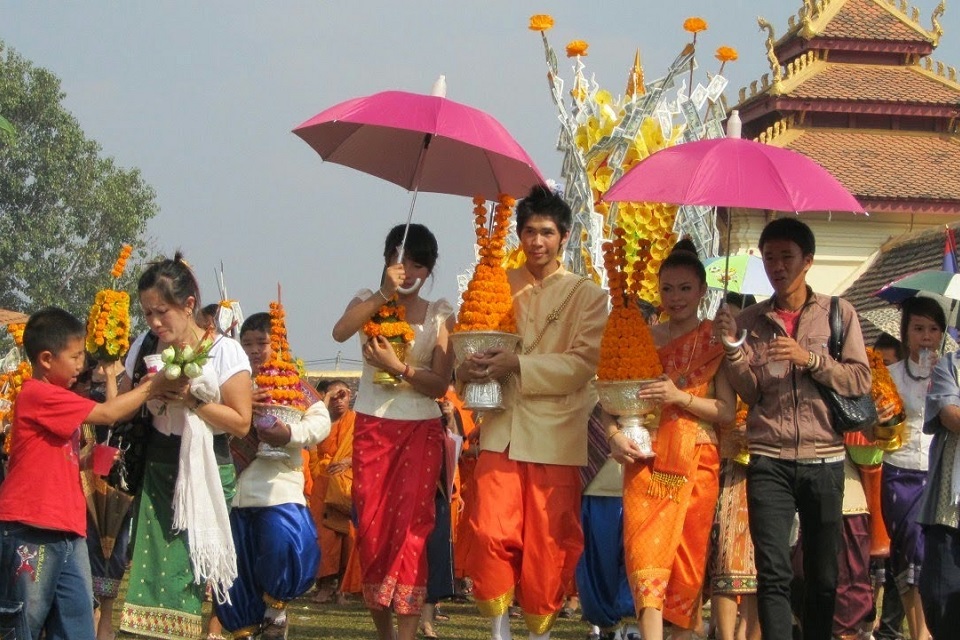
Laos cuisines
Food shares a lot in common with Thai food, and selections verge on the hot and spicy (sour). For Laos cuisines, rice is the staple- either glutinous sticky rice, served in small lidded baskets and eaten with the hand, or plain white rice, eaten with a spoon. 90% of the Laos people consume sticky rice. The basket that keeps the rice after steaming is called Tikao or kongkao and is convenient for people to bring along everywhere. Sticky rice is often in a ball shape dipping into various dishes.
Laos people often cook Laos dishes with fresh ingredients such as vegetables, freshwater fish, duck, beef, pork, and chicken. Spicing is tangy, using lemongrass, chili, ginger, tamarind, coriander, lemon juice, and aromatic herbs, etc. A common Laos dish is larb, made of minced meat, chicken, fish, or vegetables tossed with garlic, chili, green onions, and lime juice.
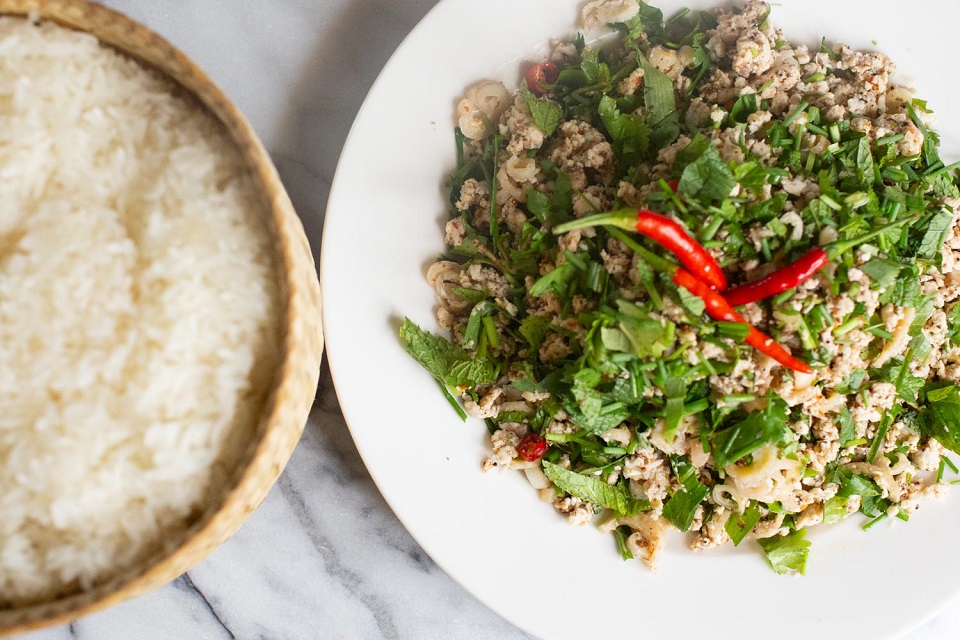
Laos traditional arts
There are 2 forms of Laos traditional arts. Classical arts are strongly associated with Hindu mythology, Buddhism, and former Laos royalty; folk arts are connected with animist Laos hill tribes. The stronger and more vibrant form is the folk arts. Folk songs and dances are closely related to festivals.
Laos folk dances telling the joys of life and work have existed for many centuries. The national dance is the lam vong, a slow revolving circle dance with men on the outside and women on the inside cheering graceful together with hand movements and simple footsteps. Music for the lam vong is provided by the khen, a handheld bamboo reed instrument.
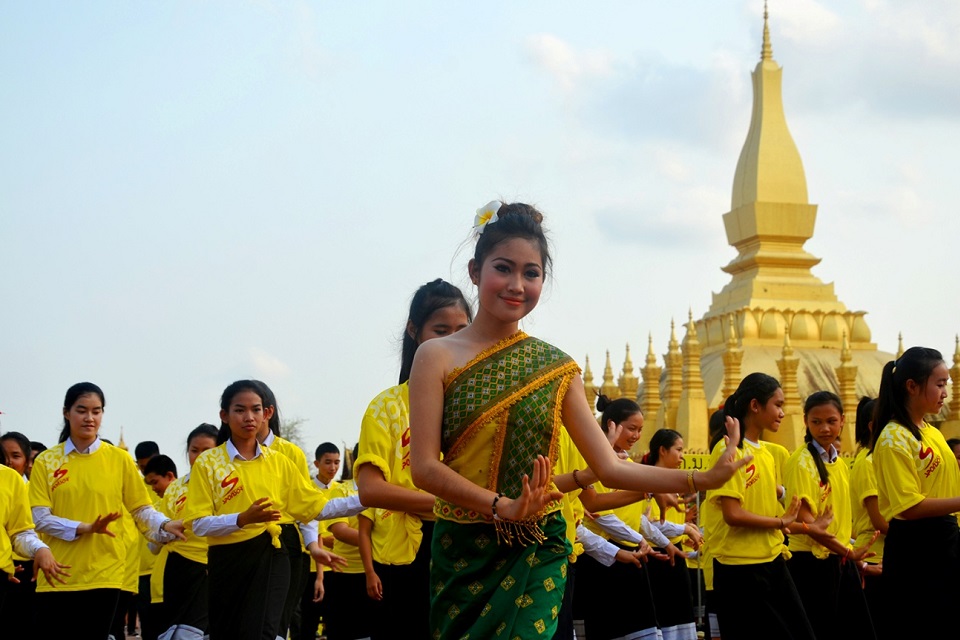
Laos social rules
When paying a visit to Laos, here are some prominent social rules and practices you should pay attention to:
- It is rare to see a Laotian taking or expressing his opinions about the Government or the country’s political situation. Hence, you had better evade this matter when you are having a conversation with them.
- It is common that hotel staff or store clerks do not provide tourists with proper customer service. If you have a friend in Laos, they will probably make you wait for a meeting and then they will bring along 1 or 2 of their friends. Please do not be surprised about this.
- Laotian is likely to make a comment on other’s appearances. One is too tall, too skinny, quite fat or one having a weird style, will all become the subject to talk about of.
- Working and earning much money are not prioritized in the society of Laos, even in big cities such as Vientiane and Luang Prabang. What people in this country highly value is a simple life: eating, drinking, sleeping and leisure time. Thus, you will easily see there are a large number of Vietnamese or Chinese people opening a business in Laos.
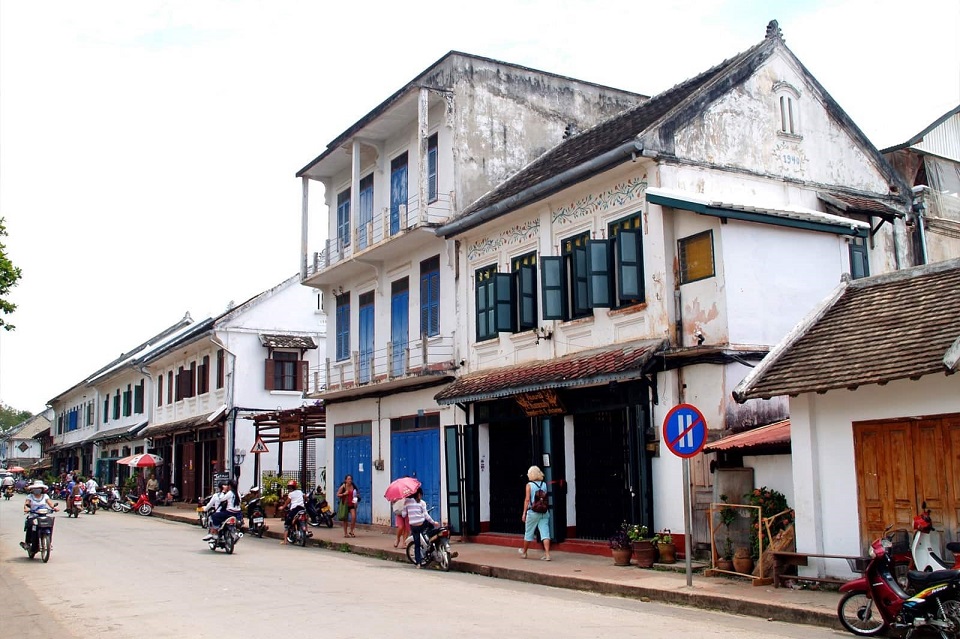
- Laos, in general, accepts the gay community.
- Laos people greet each other with a prayer-like gesture, it is called a nop. Obviously, the younger person or the lower status person will be necessarily nopping when they meet the elder or the seniors.
- In recent years, Laotians have been more accepting of greeting by shaking hands just like the Western custom. However, there are still some gestures that are not practiced in Laos: Backslapping, public display of affection, and shouting because they are regarded as impolite.
- Touching someone’s head or pointing with your toes will be said to be rude. The reason is in Buddhism, the head is considered the highest part of the body and the feet the lowest.
- You have to remove your shoes when entering a temple and other’s homes.
Suggested Laos tours
Each country has its own cultural identity. “5 Interesting Facts About Laos Traditions” is a small piece in this mysterious picture. What shown within this blog is extremely helpful for people who want to visit this country. From hedonist to gourmand, every type of travelers seems to find what they are looking for.
Minh Vu – Travel Specialist

